See how Melbourne’s poorest people lived in today’s hip inner suburbs
They're now Melbourne’s most stylish suburbs, but parts of these hip inner suburbs were once slums. See how our battlers used to live.
VIC News
Don't miss out on the headlines from VIC News. Followed categories will be added to My News.
- Flinders St: How a Melbourne icon came to be
- How could a dad kill his sons?
- What the early Melburnians ate
- What was there before Fed Square?
In modern Melbourne, the inner city means three things: hipsters, cafe culture and million-dollar housing.
But within living memory, parts of inner Melbourne were slums — hotbeds of poverty, crime and disease that moved one man to campaign for housing reform for our city’s poor.
Slums had existed in Melbourne since the 1850s, but following the Depression years the pressure was on to find a solution.
A fun look at iconic Australian-invented foods and their histories
Frederick Oswald Barnett, a committed Methodist, and a team of followers photographed the living conditions in slum pockets in areas such as Carlton, Collingwood, Fitzroy, Richmond, South Melbourne, Port Melbourne and West Melbourne in 1935.
The images, along with lurid depictions of the moral corruption of some of its residents, infestations of vermin and social problems, became powerful tools to gain public support for his campaign to shut the slums.

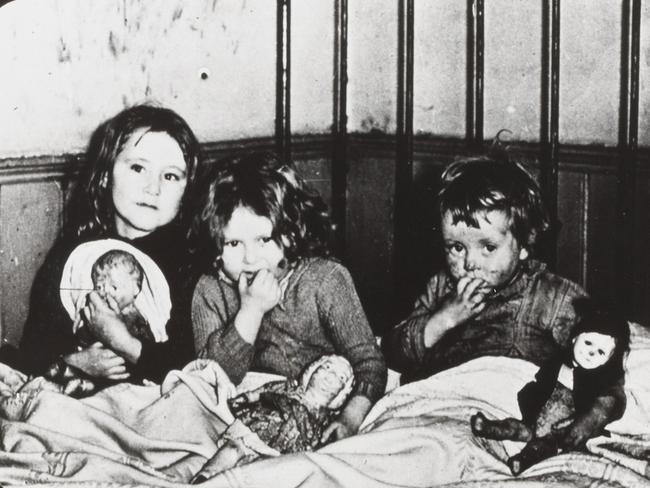





The images, described by some historians as sensationalist and stereotypical, were used as lantern slides in public presentations about the slums and illustrated the Victorian government’s Housing Investigation and Slum Abolition Board report in 1937.
It’s often said, though, that there’s a grain of truth in every stereotype.
Many of the homes photographed by Barnett’s team were overcrowded, had no indoor bathing facilities, had rising damp and lacked sewerage systems.
The report said: “Hidden behind wide, spacious streets there are slum pockets which are hotbeds of depravity and disease”.
Barnett was appointed to the board in 1936 and served as vice-chairman of the Housing Commission from 1938 to 1948.
There, he tried to shape a more compassionate housing policy for Victoria.
Its calls for the acquisition of slum areas and the rehousing of its residents led to the formation of the Housing Commission.
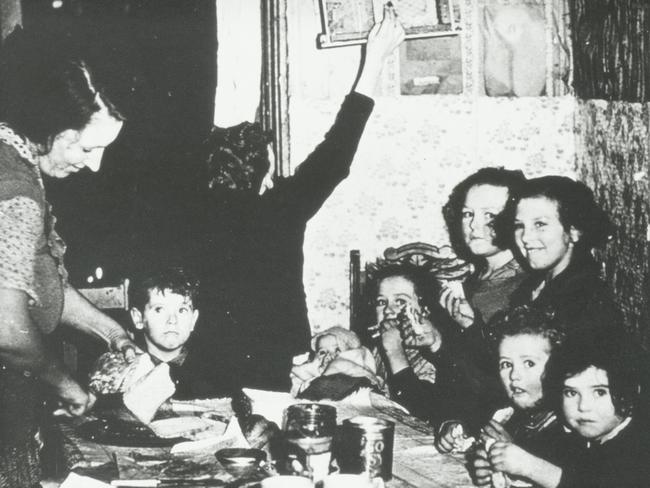



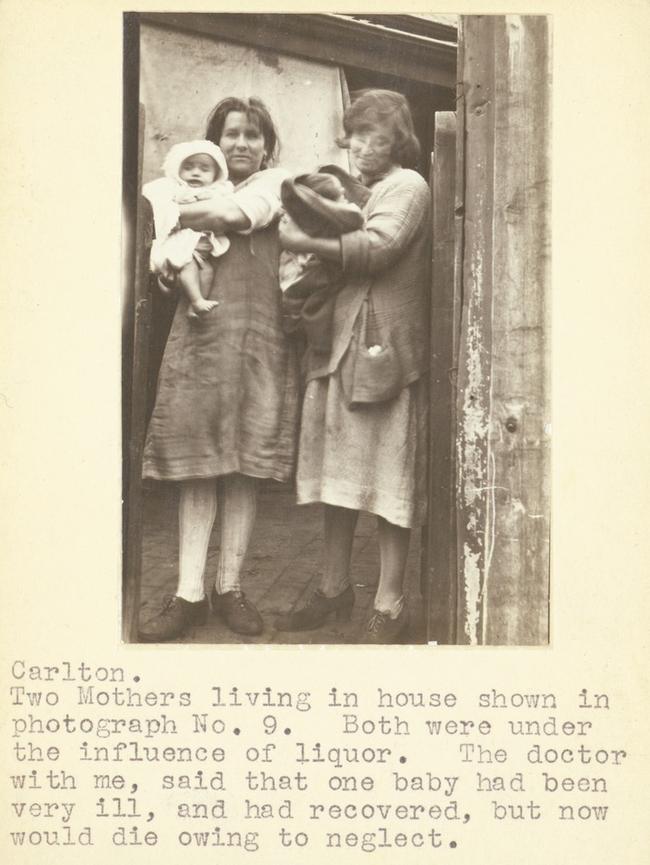

Many Housing Commission flats in the inner suburbs today were built in slum areas cleared out and levelled from the pre-war years until 1973, when the slum removal program ended.
Progress was initially slow, but by the 1950s and 1960s, slum tenants were rehoused in new estates on cheap land in outer suburbs or in new flats as work progressed.
Residents in some slums protested about the destruction of their community.
Barnett also opposed the high-rise solution, but slum clearance persisted until the Victorian government yielded to public pressure and abandoned the policy in 1973.
By then, most slum communities were destroyed anyway.
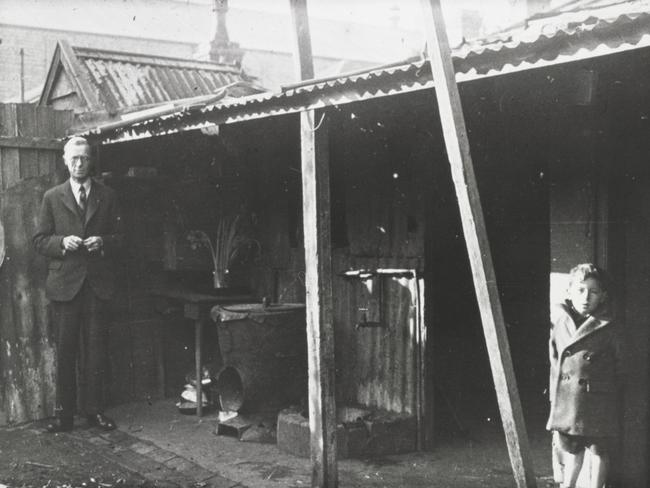
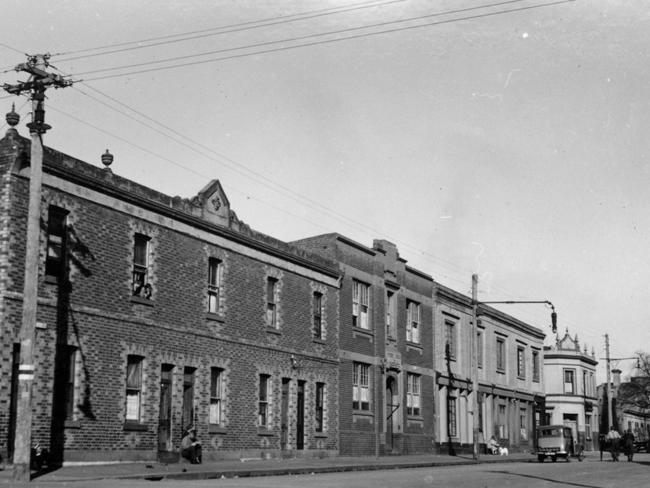




View the State Library of Victoria’s F. Oswald Barnett Collection of slum photographs here


